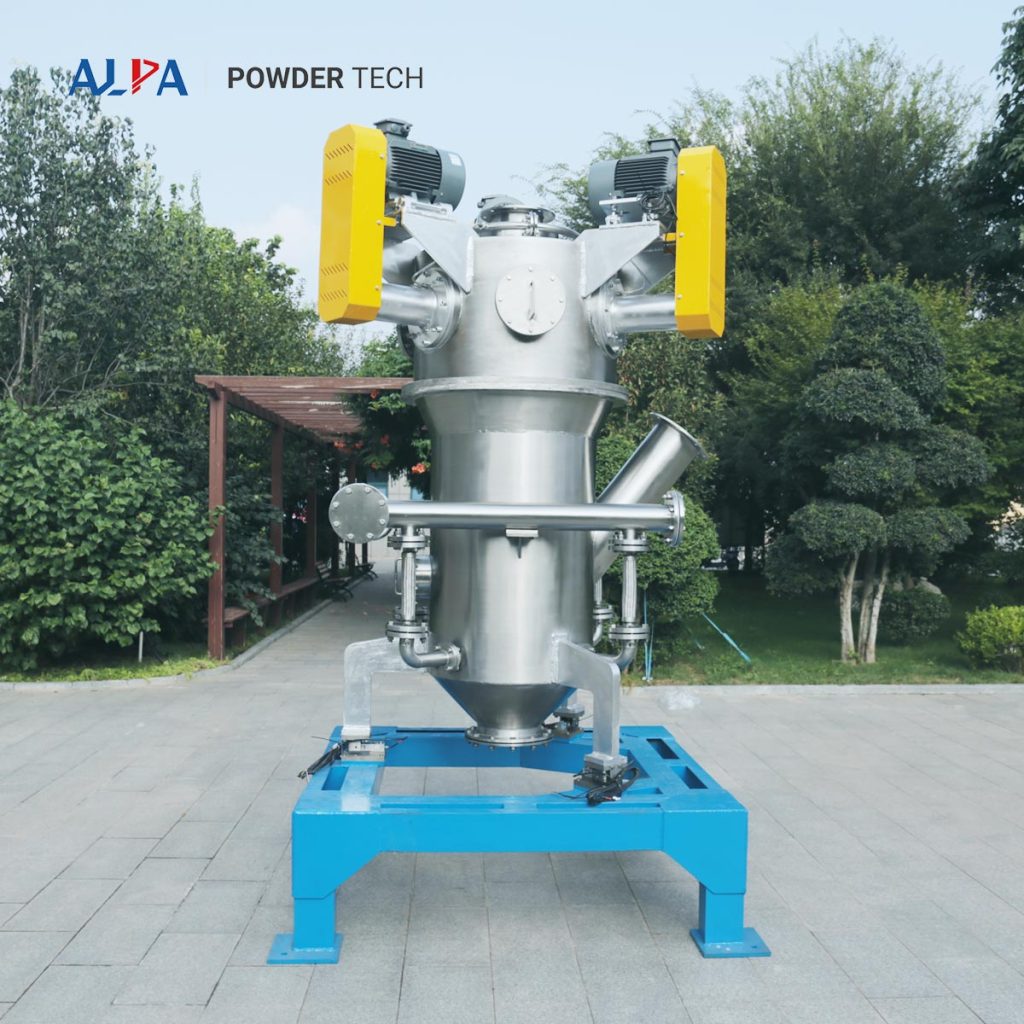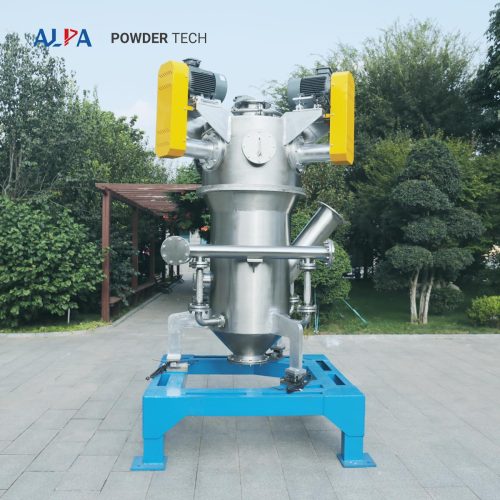With the development of the global economy, the deepening of the energy crisis, and the increasing awareness of environmental protection, new energy industries such as power batteries and other environmentally friendly and low-carbon industries are also developing rapidly. The rapid growth of the new energy vehicle field has also driven the growth of demand for power batteries. The overall performance of batteries, environmental impact, and manufacturing costs are all key factors that determine whether new energy vehicles and other related industries can develop soundly.
The goal of the battery material industry, especially the lithium battery industry, is to develop batteries with higher capacity, lighter weight, longer life, stronger functions and shorter charging time. However, lithium compounds used in lithium batteries have specific particle size distribution requirements, and ultrafine lithium powder can be obtained through ultrafine pulverization technology to improve various performances of batteries, such as higher available capacity, longer service life, and faster battery life. charging rate etc.
After continuous research and development, Shandong Alpa Powder Technology Co., Ltd. has a complete set of lithium battery positive and negative materials processing solutions and equipment, including dust-free feeding, magnetic separation, ultra-fine grinding, grading, powder transportation, metering and packaging , automatic batching, intelligent control and other powder process technology integrated design. Among them, the MQW series fluidized bed jet mill is favored by users in the battery material industry, and has successively entered the procurement lists of battery materials and related industry giants such as a new material factory in Ningde, an energy material company in Xiamen, and an electric vehicle company in Shenzhen. Reached a long-term strategic cooperative relationship with many companies.
This type of equipment has a large-scale stand-alone production capacity. The maximum linear speed of key components such as ceramic crushing discs and classifying wheels exceeds 130 m/s. The single-machine crushing capacity of polycrystalline ternary materials exceeds 1000kg/h, and energy consumption is saved by 50%. The finished material has good particle shape, narrow particle size distribution, and high purity of the finished product, especially suitable for the crushing of high hardness, high purity, and high value-added materials. The equipment can be equipped with an explosion-proof design according to the requirements to meet the crushing and processing requirements of flammable, explosive and easily oxidized materials.
MQW series fluidized bed jet mill adopts closed-loop inert gas protection to keep the air content in the system at the lowest value and minimize moisture intake, and the moisture increment is less than 50PPM. The lining of the equipment can be made of alumina, zirconia, silicon carbide, silicon nitride and other ceramic materials according to the needs of battery products, to minimize the intake of impurities, and the intake of magnetic substances is less than 30PPB. Its automation and intelligent design concept It also ensures the consistency and repeatability of the product to the greatest extent.
In order to reduce dependence on traditional petrochemical energy, save energy, reduce emissions, and reduce the greenhouse effect, the large-scale promotion and application of battery materials such as electric vehicles will become an inevitable trend, and the overall performance and manufacturing cost of batteries will also determine their commercial feasibility. important indicators.
In the future, ALPA will continue to provide ultrafine pulverization technology equipment and project solutions for the battery material industry, helping new energy companies to make efforts to create a green lifestyle.


